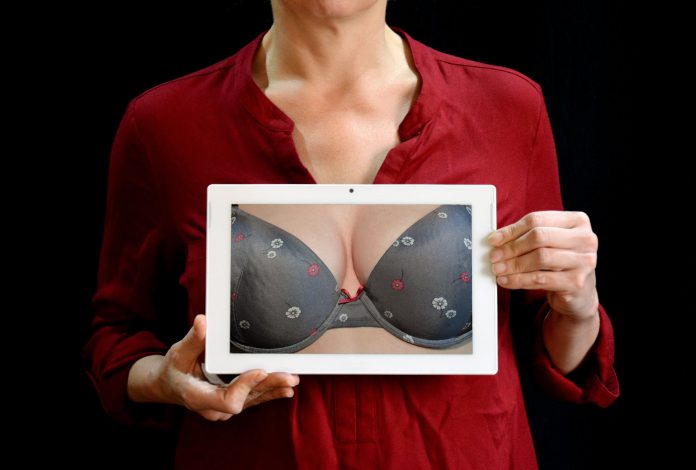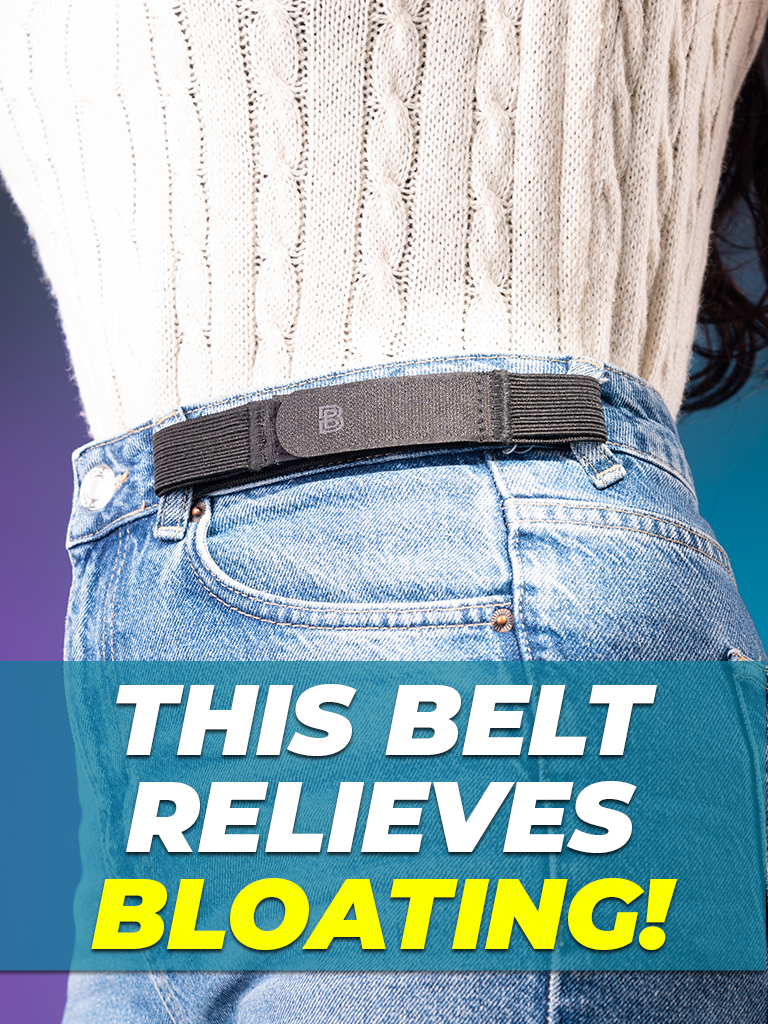Entering perimenopause, the period of time before a woman’s menstrual cycle stops completely for 12 consecutive months, can be an intensely chaotic period in any woman’s life.
Whether you have entered menopause naturally or surgically, what you can count on is a fluctuation followed by a sharp decrease in your body’s production of two important reproductive hormones: estrogen and progesterone.
Each of these hormones influences a number of other body processes, including skin vitality, weight management, energy level and well-being. Many menopausal women report symptoms ranging from weight gain and skin sagging to insomnia and mood changes due to these hormonal fluctuations.
Breast augmentation during menopause is becoming increasingly popular for all of these reasons and more. Find out more about why women seek out breast enlargement during menopause and the important risks you need to know.
The Reasons Many Menopausal Women Resorted to Breast Augmentation Surgery
“Women who have larger breasts may be more prone to breast flattening after breastfeeding.”

Women undergoing “the change of life” give a variety of reasons for seeking out breast augmentation during menopause.
One of the main reasons is body dissatisfaction. Changing hormone levels can cause skin to begin to wrinkle and sag, losing shape, volume and the appearance of size.
This can be especially the case for women who have breastfed their children, since breastfeeding can cause breast tissue to stretch and sag.
Women who have larger breasts may be more prone to breast flattening after breastfeeding, a problem which can then be compounded with decreasing hormone levels after perimenopause.
All of these issues have led more women to seek out a breast enlargement during menopause.
What are the Risks of Undergoing Breast Enlargement Procedure During Menopause?
“Postmenopausal women who had breast implants reported both a reduced sense of well-being and lower quality of life than women who did not have implants.”

As with any major surgical procedure, it is so important to thoroughly understand the risks before seeking a breast enlargement procedure.
This is especially the case during post-menopause, when the body becomes less resilient and the immune system’s healing ability can become compromised. Hormone replacement therapy (HRT) may guard against this to some degree, but HRT has its own known risks to be aware of.
When the body becomes less well able to heal itself and guard against infection, any surgical procedure takes on additional risks.
Another lesser-known risk of electing to undergo breast enhancement in the post-menopausal years is reduced quality of life. You might think that just the opposite would be the case, but a National Institutes of Health (NIH) research study has since proved otherwise.
Postmenopausal women who had breast implants reported both a reduced sense of wellbeing and lower quality of life than women who did not have implants.
There is also a growing body of evidence to suggest women who have breast implants at any age or stage of life are at greater risk for a collection of health symptoms now being informally called “breast implant illness.”
While breast implant illness is not specifically linked to perimenopausal or post-menopausal women, it is still significant enough to be factored in, especially as the body’s natural immune response becomes dampened through reduced hormone production.
Alternative Ways to Make Your Breasts Look Fuller
“Certain exercises can help to increase firmness and appearance of the breasts and may even cause them to grow bigger.”

Are there other ways to make your breasts look fuller? Happily, there are a number of alternatives that may deliver results sufficient to avoid breast surgery altogether.
Hormone replacement therapy
The first is hormone replacement therapy. There are different options, including topical creams, pills, injections, patches and more. In one study, nearly half of study participants treated with 80mg per day of estradiol polyphosphate saw an increase after four weeks.
Exercise
Certain exercises can help to increase firmness and appearance of the breasts and may even cause them to grow bigger. This happens as the muscles get stronger and bigger in the chest area.
Dietary adjustment
There are many foods that contain photo-estrogens, a natural form of estrogen. Happily, red wine is on this list, as are many fruits, nuts, flax seeds and soy products.
While it is natural to want to maintain an attractive physical appearance throughout life, it is important to understand the risks as well as the potential benefits of breast enlargement in the menopausal years.
Always talk with your doctor about all options before opting for surgical enhancement.
Sources & References:
https://health.clevelandclinic.org/what-you-should-know-about-breast-implants-after-40/
https://www.webmd.com/parenting/baby/after-nursing
https://www.ncbi.nlm.nih.gov/pmc/articles/PMC3954964/
https://www.ncbi.nlm.nih.gov/pmc/articles/PMC2837521/
http://www.center4research.org/breast-implant-illnesses-whats-evidence/





















